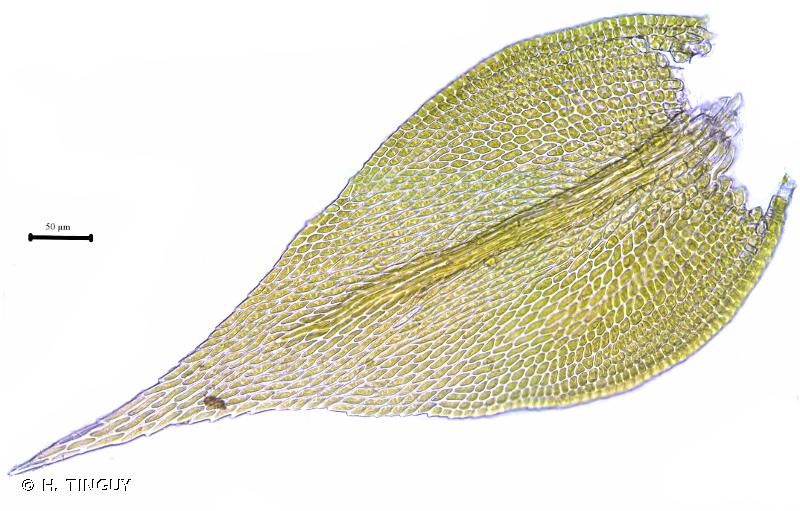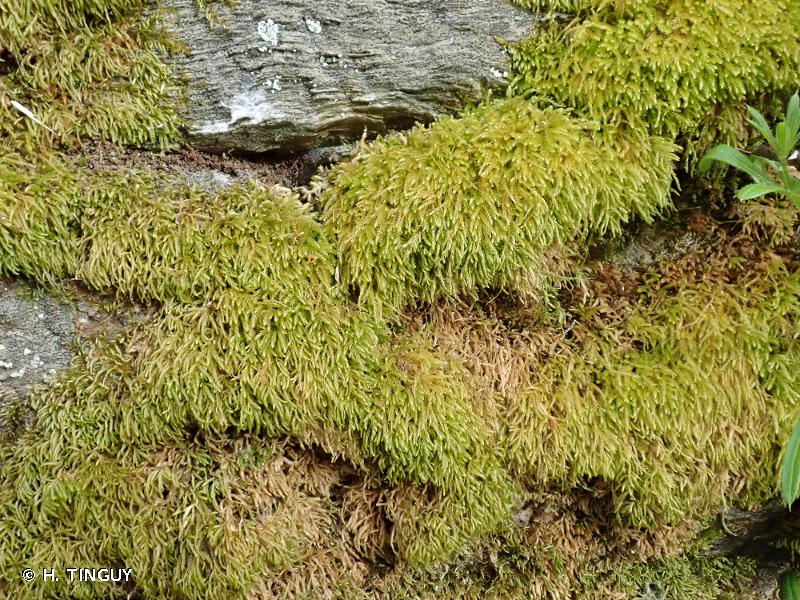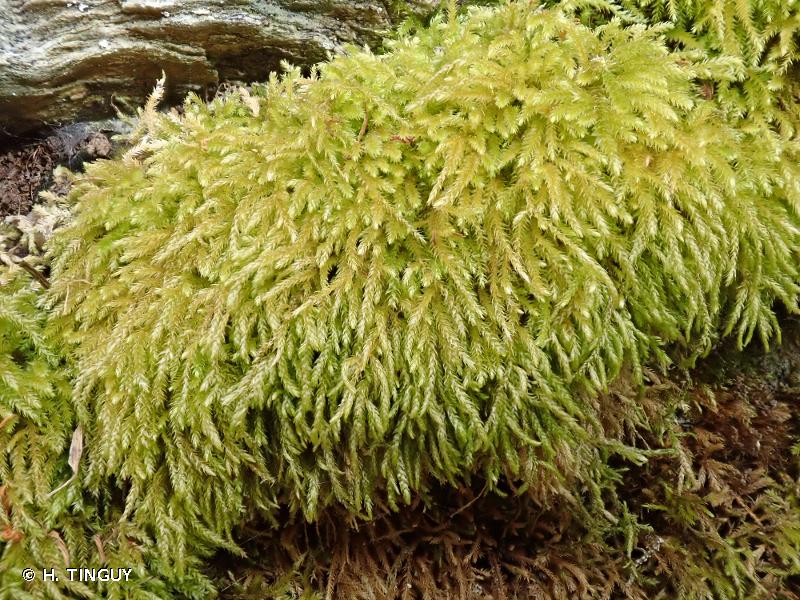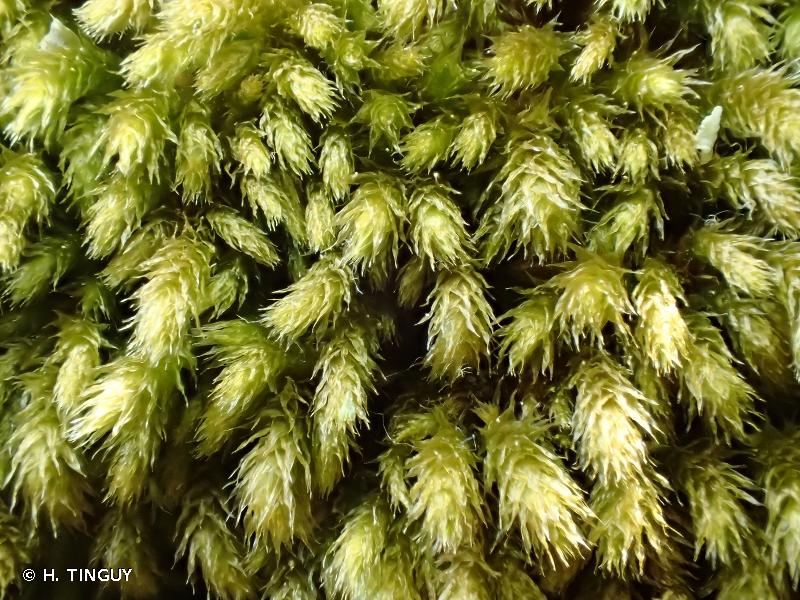
image from: https://inpn.mnhn.fr/espece/cd_nom/5931
Scorpiurium sendtneri: The Fascinating Moss of the Brachytheciaceae Family
Introduction
Scorpiurium sendtneri (Schimp.) M.Fleisch., commonly known as

image from: https://www.wildflowers.co.il/hebrew/picture.asp?ID=19201
Scorpiurium moss, is a fascinating species of moss belonging to the Brachytheciaceae family

image from: https://www.wildflowers.co.il/hebrew/picture.asp?ID=19202
. This unique moss has captured the interest of botanists and nature enthusiasts alike due to its distinctive morphology and ecological adaptations. In this blog post, we will delve into the world of Scorpiurium sendtneri and explore its characteristics, distribution, and ecological significance.
Background
Mosses are small, non-vascular plants that belong to the division Bryophyta

image from: https://www.wildflowers.co.il/hebrew/picture.asp?ID=19200
. They play crucial roles in various ecosystems, contributing to moisture retention, nutrient cycling, and providing habitats for microorganisms and small invertebrates.

image from: https://www.wildflowers.co.il/hebrew/picture.asp?ID=19203
Scorpiurium sendtneri

image from: https://inpn.mnhn.fr/espece/cd_nom/5926/tab/taxo
is one such moss species that has garnered attention for its unique features and ecological adaptations.
Morphology and Identification
Scorpiurium sendtneri is characterized by its scorpioid (curved or coiled) branches, which give it a distinctive appearance. The leaves are ovate-lanceolate in shape and have a single costa (midrib). The leaf margins are entire or slightly serrate. The moss forms dense, green mats on various substrates, including rocks, tree bark, and soil.
Identification of Scorpiurium sendtneri requires careful examination of its morphological features. The curved branches, leaf shape, and costa are key characteristics that help distinguish it from other moss species. Microscopic analysis of the leaf cells and sporophyte structure can provide further confirmation of its identity.
Global Distribution and Habitat
Scorpiurium sendtneri has a wide distribution, occurring in various regions across Europe, Asia, and North Africa. It is found in a range of habitats, including forests, grasslands, and rocky areas. The moss thrives in moist and shaded environments, often growing on calcareous substrates such as limestone rocks or tree bark.
The ability of Scorpiurium sendtneri to colonize diverse habitats is attributed to its ecological adaptations. The moss possesses specialized water-conducting cells called hydroids, which efficiently transport water and nutrients throughout the plant. Additionally, the dense mat-forming growth habit helps retain moisture and protect the moss from desiccation.
Ecological Roles and Adaptations
Scorpiurium sendtneri plays significant ecological roles in the ecosystems it inhabits. As a primary producer, it contributes to the food web

image from: https://inpn.mnhn.fr/espece/cd_nom/5926
by providing sustenance for various organisms. The dense mats formed by the moss create microhabitats that support a diverse array of microorganisms, insects, and other small invertebrates

image from: https://inpn.mnhn.fr/espece/cd_nom/3819
.
Furthermore, Scorpiurium sendtneri aids in soil stabilization and erosion control. Its rhizoids (root-like structures) anchor the moss to the substrate, helping to prevent soil erosion. The moss also acts as a natural filter, trapping dust particles and pollutants from the air and water, thus contributing to the overall health of the ecosystem.

image from: https://taieol.tw/muse/digi_object/5c288503a07b98ea98b8f1ea8f885b55
| Characteristic | Description |
|---|---|
| Family | Brachytheciaceae |
| Genus | Scorpiurium |
| Species | S. sendtneri |
| Leaf Shape | Ovate-lanceolate |
| Leaf Margin | Entire or slightly serrate |
| Costa | Single |
| Growth Habit | Dense mats |
| Habitat | Moist, shaded environments; calcareous substrates |
| Distribution | Europe, Asia, North Africa |
Conclusion
Scorpiurium sendtneri is a remarkable moss species that showcases the incredible diversity and adaptations found within the bryophyte world. Its unique morphology, wide distribution, and ecological significance make it a fascinating subject of study for botanists and nature enthusiasts alike. As we continue to explore the intricate world of mosses, we are reminded of the vital roles these tiny plants play in maintaining the delicate balance of our ecosystems. So the next time you come across a patch of Scorpiurium sendtneri, take a moment to appreciate its beauty and the incredible adaptations that enable it to thrive in its habitat.

image from: https://inpn.mnhn.fr/espece/cd_nom/3819